A day in the Life of a Modern Day Missionary
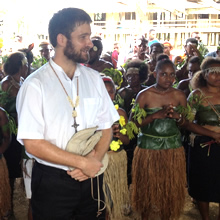
Few people are true adventurers. True adventure travellers don’t seek manmade thrills like skydiving or jetskiing, yet they embark on travel adventures that most adrenalin seekers could never handle.
So I was thrilled to meet two of these rare adventurers during my trip to the Solomon Islands. To all appearances, this couple seemed to be your average American couple; Practically high-school sweethearts who now have four young children under the aged of eight.
Meet Jonathan and Tess Hicks, modern day missionaries who are doing some amazing work in a very remote area of the Solomon Islands. They’re pictured here with me (in the lei), one of their five offspring and a village dog!
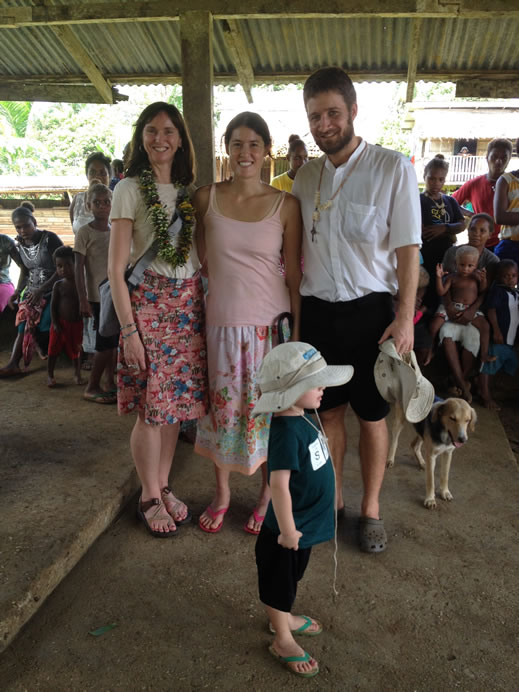
I met John and Tess when we visited Bio Village on Mailaita Island where they now live and work. Having experienced a similar situation myself, when teaching in Zimbabwe, I know that working in a remote area of a developing country may sound romantic but, while it can be highly rewarding, the reality may also be confronting and hard. Certainly working in rural Zimbawe remains the hardest experience I have ever encountered.
Challenges can include everything from lack of electricity and running water, to gaping cultural differences and the constant threat of illness. You have to be highly dedicated to stick with it and make it work. Hence my admiration for this family.
So why are they doing it and how do they find the courage to stay? In John’s words:
“Because our Lord Jesus promised to be with his church and told us to go to the ends of the earth so that others might share in the joy of following him. It’s because we and our children have known Jesus to be true to this promise that we stay here in the Solomon Islands despite the problems we face here.”
I asked John to give me an overview of how he and the family spend their days to give us an insight into village life in the Solomon Islands, the work John and Tess are doing there and how their children spend their time.
For background information it’s also fascinating to learn that John’s father was a missionary in this same village and was responsible for building the church you see in these photos. John spent some of his childhood here hence he is fluent in the local language Solomons Pijin which allows him to communicate fully with the locals.
The photos were all taken by me during our visit to Bio Village – as you can see we were given an amazingly warm welcome by all.
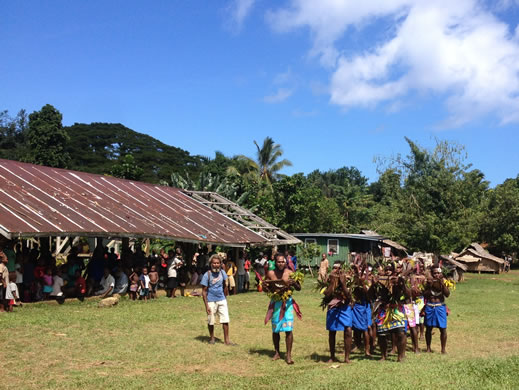
A day in the life of a modern day missionary
My name’s Jonathan. I’m a missionary working in the Solomon Islands with my wife, Tess, and children: Avalyn, Cohen, Caeli, Judah and Immanuel. I hope you enjoy reading a little bit about our life and work in Melanesia.
5 am – 8am: The day opens for me with a struggle to get up before the roosters at 5am. I’ve been helping a Wycliffe Bible Translation team review their 10-year-old edition of the Pijin Bible. So, after a few minutes of prayer, it’s a couple chapters of Jeremiah, Romans and St Matthew over a cup of coffee.
At 5:45 the two older children stir, and stumble out into the living-room to lace up their running shoes.
“What’s it gonna be today, Dad?” Ava asks.
“Can we do sprint workouts?” Cohen interjects, before I can answer. Ava and I groan. “Uh, how about running down to Buma village instead?”
I look hopefully at Cohen – the sprinter in the family – who makes sure that we get in a weekly dose of pain on the steep hills close to the village. “Alright, but next time…”
The morning jog is one of the greatest joys of my week; my only real chance to have Ava and Cohen to myself for half an hour so we can talk about what’s on our minds. The sunrise is beautiful.
When we arrive back home, our morning with the whole family – Caeli, Judah, Immanuel and Tess – starts with a hurried breakfast. Though we’ve mostly adjusted to eating Melanesian food (sweet potato, taro, fish, slippery cabbage, etc), breakfast remains our last hold-out. It’s eggs and pancakes and another cup of coffee (for me).
Tess and the kids transition immediately into homeschool. They start the day with prayer and memorizing Scripture passages Tess has posted in the hallway.
Tess has been so pleased with the way the children are taking to homeschool this year. There’s a lot of growth from last year. The younger ones have switched on in a number of important ways. They’ll all work steadily together on Math, Grammar, Logic, History, Science and Latin. The talk of the morning revolves around the neat fossils they discovered in their Geology lesson.
When I get back in the afternoon, the two older children and I will work on Literature together. We’ve been reading about the life of Socrates and trying to decipher some of Emily Dickenson’s easier poems.
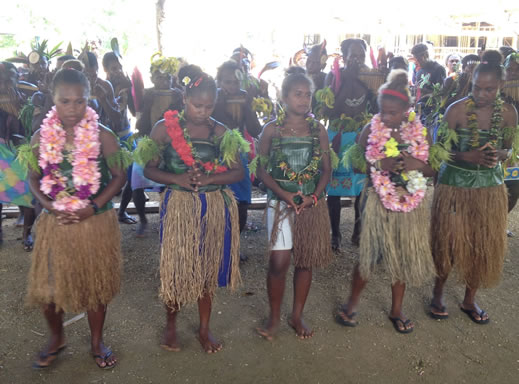
Bio village girls preparing to share a traditional song and dance
8am – 12pm: I teach at a seminary about a kilometer from our village teaching theology. Every morning, as I head north, passing a host of eager children who are heading south to Gwaunoa’a school about a kilometer the other way.
It’s a good chance to practice a bit of my (exceedingly limited) Kwara’ae: “O’deng lea!” Kwara’ae children are quite friendly, so I usually say the phrase about thirty times before I arrive at school.
My students are from all over the Solomon Islands. They come to our seminary to train for three years before going back to serve as deacons and priests in their local parish churches. It’s a real joy teaching them.
Communication is challenging; since they all speak completely different languages (there are about 70 languages in the Solomons for a population of well under a million), we have to meet halfway in Solomons Pijin. Pijin is a kind of simplified English, with a few “custom” words thrown in.
It’s hard to teach about the History of Biblical Interpretation in Pijin, but the one advantage is that, if I can find a way to say it, my students will certainly understand it! This semester I’ve been teaching a class on Christ, an introductory course to theology, and a class on how to interpret the Bible.
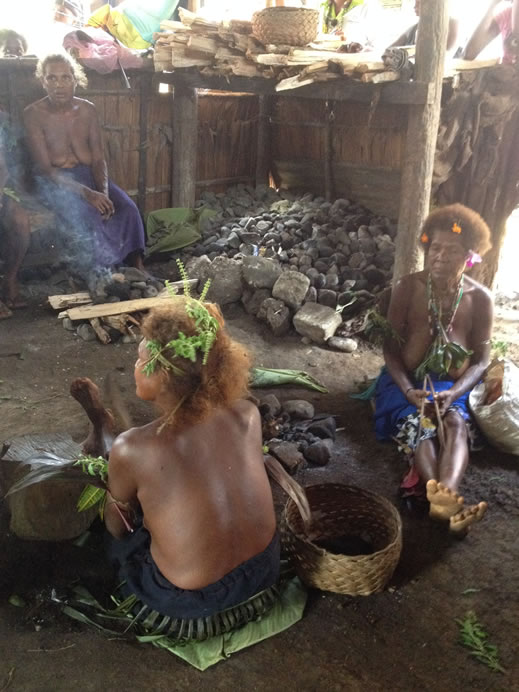
Cooking still takes place in the traditional way over a fire and using hot rocks
12 pm – 4 pm: After classes, I walk home with a couple students who are working with me on thesis projects. Mark (from the island of Malaita) and Alister (from Ysabel Island) spend the afternoon with us up at the house, alternating between playing with the children and talking to me about their projects. It’s a really encouraging time.
Alister, reflecting on his labor of preaching this past semester, says:
“Doctor, we spend most of our time in the pulpit telling our people to change. We’re starting from the wrong place, aren’t we? St. Paul tells us that we have to die first, before we can change. I think we should be emphasizing the words of Jesus: Come and follow me. By this he means that we should learn to die and then to live with him.”
Mark, after discussing with me the power of God’s creative word (fata in his language), says:
“I’m starting to love this Book, Deacon; before it was unclear to me. But I’m starting to understand it, and it’s awakening in me such a longing for the word of Christ.”
He plans to write about how the “word (fata) of Christ” in John’s Gospel is a life-giving word, and one that can free his people from their fear of curses.
In the meantime, Judah is building a massive Lego tower on the floor. He and Alister battle it out between a toy crocodile and a toy whale to see who gets to stand on the top of the tower as king.
Tess and Caeli work in the kitchen, preparing rolls for the women who will come and attend Tess’s weekly Bible study. At 3 o’clock, the ban on playing around our house ends and about 10 village children arrive to play with our children until it’s time to swim.
Favorite games usually involve competing for rubber bands. Ava and Cohen still usually lose more than they win, though a couple times they’ve managed to break even. When the kids get hungry, a few of the girls climb the star-fruit tree and gather water from our rain tank to feed the whole group.
There’s a really neat culture of sharing in Melanesia. If we bring out four rolls to share with the group, the four who get them will make sure they’re divided as evenly as possible.
As the afternoon ends, it’s down to the waterhole with the children for a swim. The girls jump off a muddy bank into the girls’ swimming area, while Judah propels around the boys’ waterhole in his life jacket. Cohen and I have taken to watching him for the evening’s entertainment, as we soap off the mud and salt of the day.
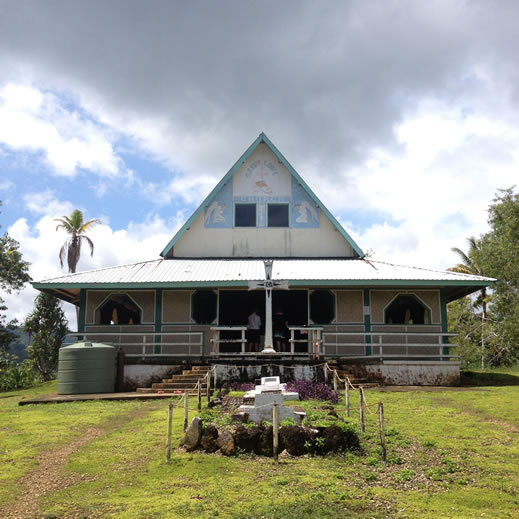
St Luke’s Church in Bio Village
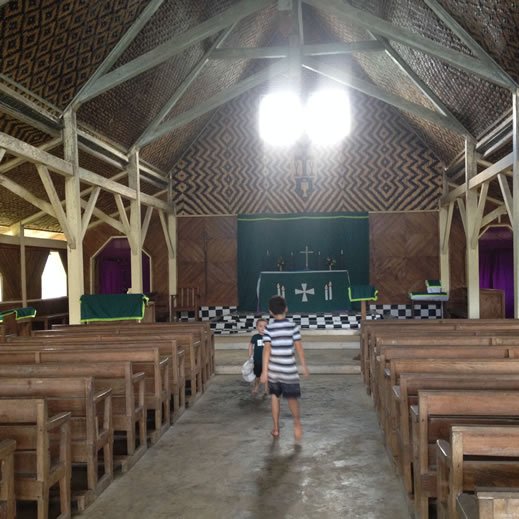
It’s cool and beautiful inside the church
5pm – 9 pm: For me and the children, the evening closes with dinner and singing before we all climb into bed under our mosquito nets. As I study for the next day’s classes, Tess invites about thirty women into our small living-room for an evening of study and song.
Tess has been reading with them in Matthew’s Gospel. Because of the challenge of language, it’s often the only opportunity these women will have to understand what is being read.
The church-liturgy is in either English or Kwara’ae, but the Kwara’ae is archaic, so very little of it is understood. The Pijin Bible provides them with a simplified version of the text, but Tess says it’s such a delight to see them finally understanding what they read.
Tess and our home helper (Josephine) have been putting some songs together into Kwara’ae, and teaching them to this group. Melanesian singing is full-on (no quiet voices here!) and harmonious; however, singing in their own language, the women raise the noise-level just a bit higher…
“Rodo lea!” The voices trail off into the dark night. Tess’s flashlight wakes me up as she crawls under the mosquito night, tired but glowing from the time of fellowship she and the women from Bio Village have had. She prays for us, we say good night and quickly fall asleep…
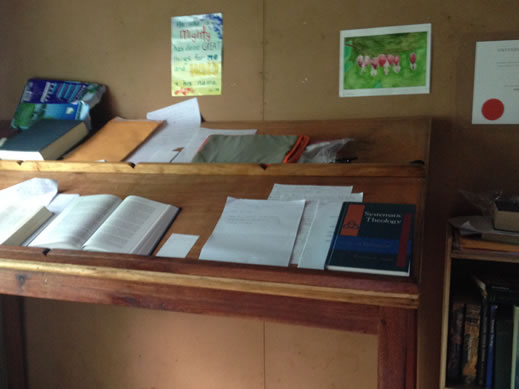
John’s custom-made stand up desk. Of course there’s no computer since there is no electricity in the village, let alone Internet!
Footnote: We thank God for this work and for the people we share it with. My students are carrying on under immense pressure. Most of them make about 150 USD per month. Of this, some must go back home to provide for their families. The other part of this must pay for their own food, printing costs and school materials for their study.
Our water supply has been repeatedly threatened and destroyed by a hostile neighbor who lives near the school and runs an illegal alcohol trade in the neighboring village. Pray for us as we grow – in study, prayer, and ministry – to see the glory of God revealed to us through the power and presence of Jesus Christ.
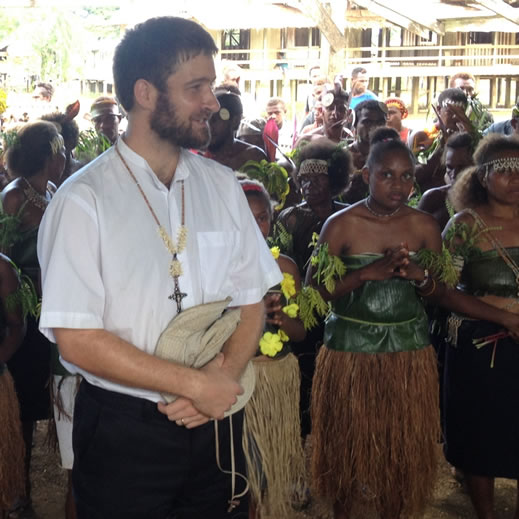
Would you like to find out more or support John, Tess and the Bio villagers?
You can find out more about the Hicks family or make a donation to support their work through the New Zealand Church Missionary Society or the Society of Anglican Missionaries and Senders.
Solomon Islands Travel Notes
I was a guest of the Solomon Islands Visitors Bureau during my visit. See the SIVB website for travel information or to plan your trip.
More stories from the Solomon Islands:
- Tenaru Falls: a Solomon Islands Adventure
- World War 2 Tour in the Solomon Islands
- Day Trip to Savo Island in the Solomons
- Shell Money Festival in the Solomon Islands
- The Solomon Islands: 10 Things You Should Know
Are you a travel lover and adventure seeker?
Get free email updates from Get In the Hot Spot – a weekly injection of tips to help you be more adventurous and have more fun. Sounds good? Click here now for weekly email updates.





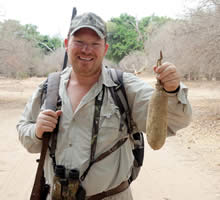
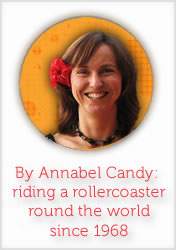


What a wonderful and fulfilling life they have created for themselves and their children. God Bless them in their work.
Hi Lisa,
Indeed! I must admit to being a bit of a heathen but I love this story and find it inspiring :) So glad you did too.
A fantastic read, how interesting… and the pictures too, it looks like stepping back in time. It is in many ways. Imagine living with no electricity – amazing.
Once when in Ghana I met several Catholic nuns and priests, and I’d never chatted to any nuns or priests before. Made a huge impression.
Hi Seana,
Definitely like stepping back in time and proof that there are still amazing places to be explored and adventurous people doing crazy things :)
Very inspiring post!